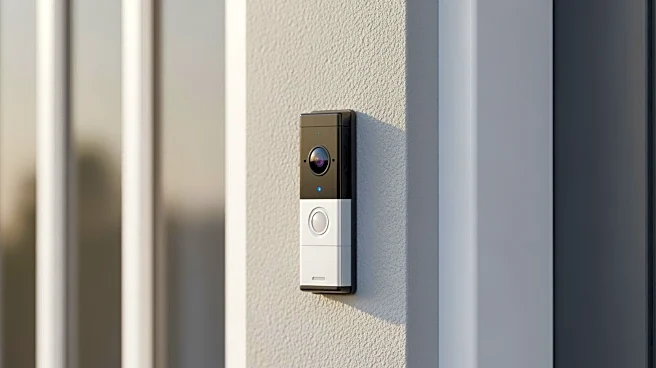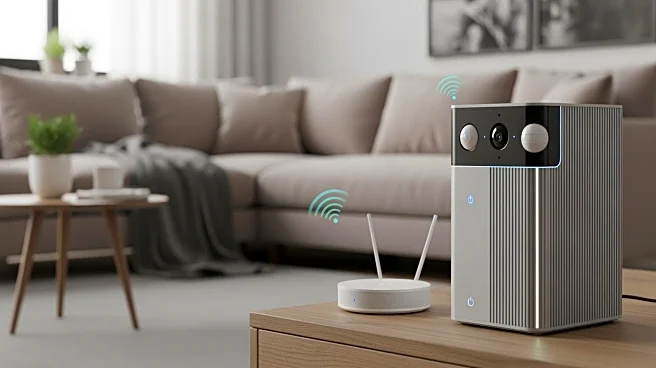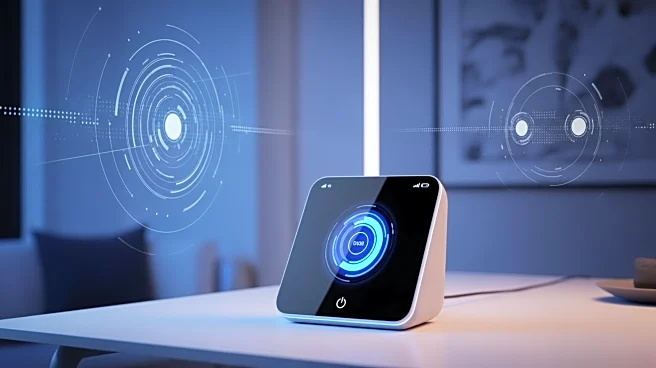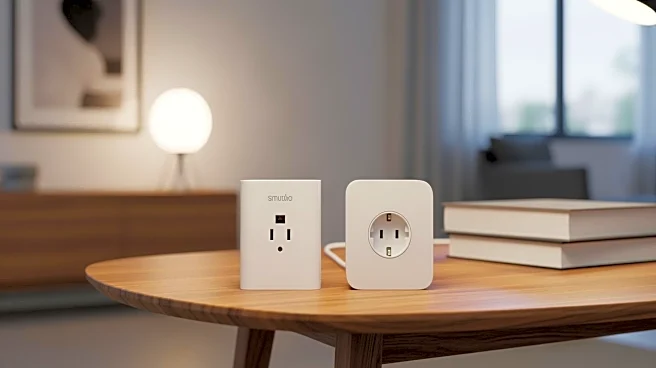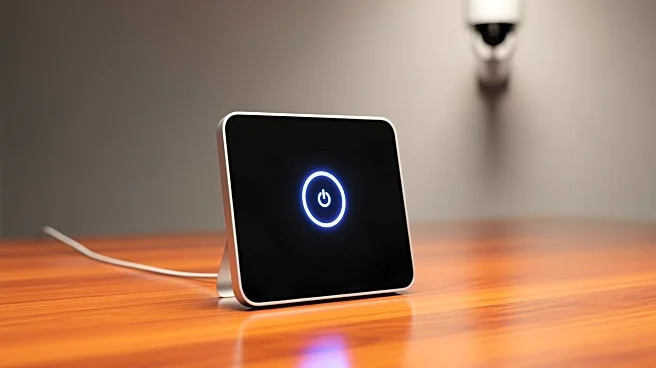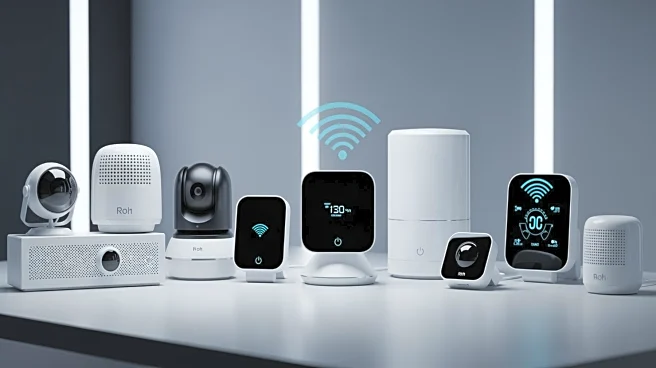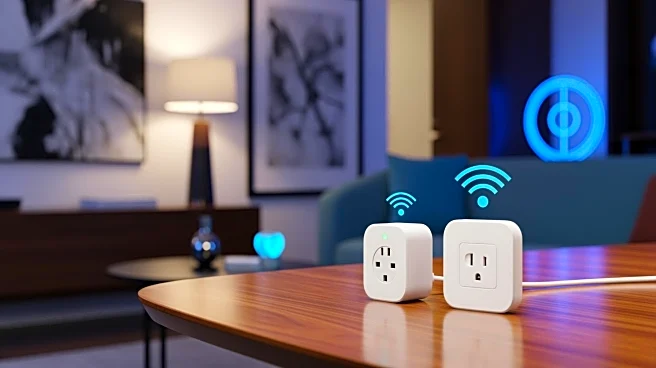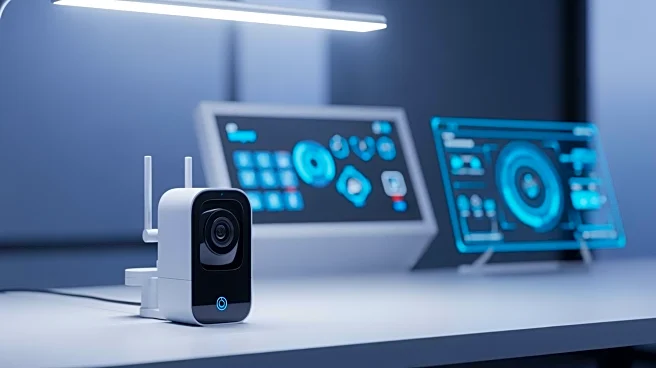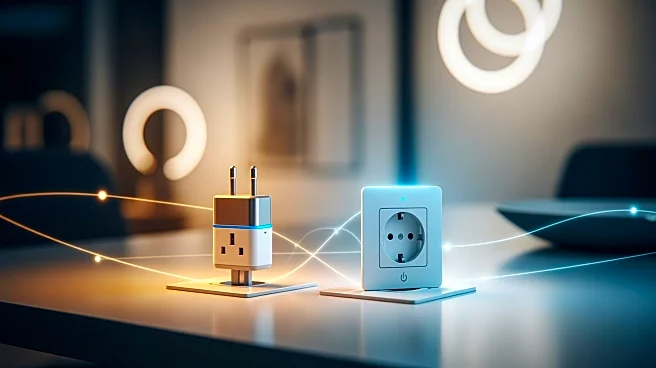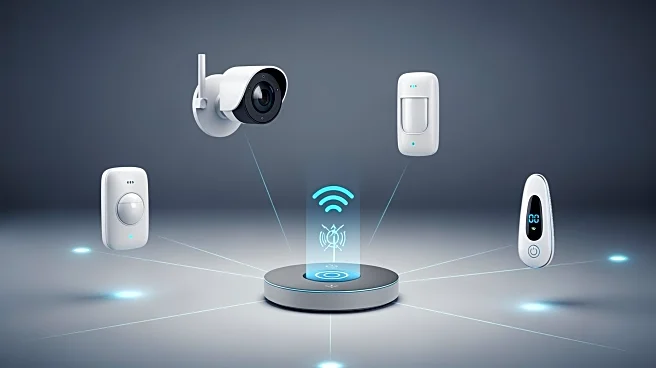What's Happening?
Home security systems are evolving with the introduction of discreet devices designed to enhance protection without being easily noticeable. These devices include vibration sensors, smart smoke detectors,
and hidden smart locks, among others. Vibration sensors, such as those offered by GE, can be attached to windows to detect tampering and trigger a siren. Smart smoke detectors, like those from Kidde/Ring and Nest/First Alert, integrate with apps to provide alerts and battery warnings. Hidden smart locks, such as the Level Lock Plus, offer smart features while maintaining a traditional appearance. These innovations aim to provide peace of mind by ensuring security measures are in place without being overtly visible.
Why It's Important?
The introduction of discreet home security devices is significant as it addresses the growing need for unobtrusive yet effective security solutions. These devices cater to homeowners who prefer not to advertise their security measures, potentially deterring intruders who might otherwise bypass visible systems. The integration of smart technology in these devices enhances their functionality, offering remote monitoring and alerts that can improve response times in case of security breaches. This trend reflects a shift towards more sophisticated and user-friendly security solutions, which could lead to increased adoption and innovation in the home security industry.
What's Next?
As the demand for discreet security solutions grows, manufacturers are likely to continue developing advanced technologies that blend seamlessly into home environments. Future innovations may include more affordable options and enhanced features, such as improved connectivity and integration with other smart home devices. The market may also see increased competition among companies aiming to offer the most effective and user-friendly products. Homeowners can expect more choices in security systems that prioritize both functionality and aesthetics.
Beyond the Headlines
The rise of discreet home security devices may also have implications for privacy and data security. As these devices become more integrated with smart home systems, concerns about data collection and potential vulnerabilities could arise. Manufacturers will need to address these issues to maintain consumer trust and ensure the security of personal information. Additionally, the trend towards unobtrusive security solutions may influence broader design and architectural practices, encouraging the integration of security features into the fabric of homes.
